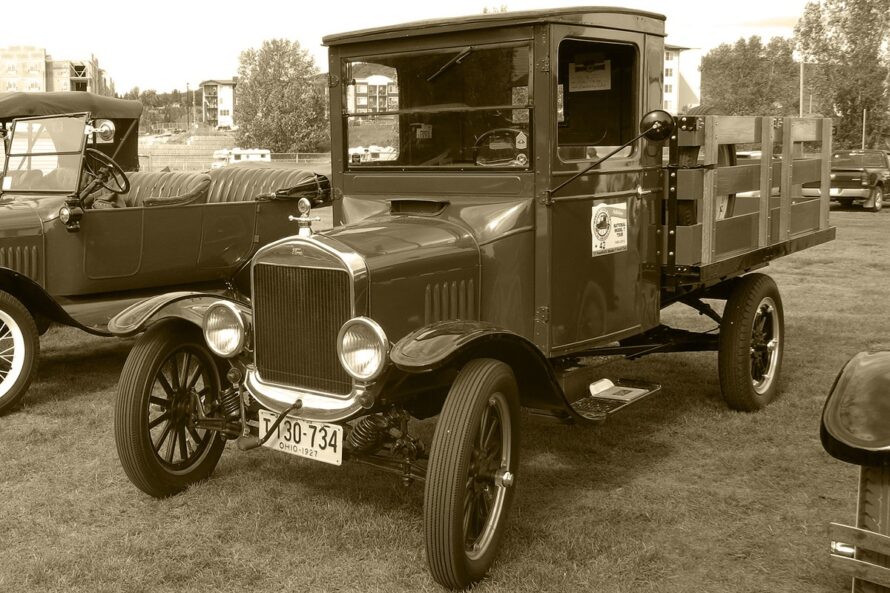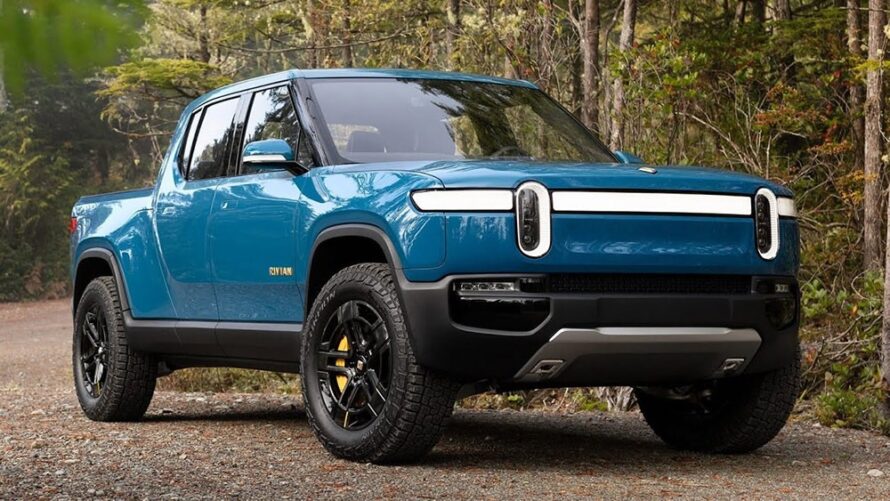In its basic commercial specification, the pick-up is the ideal workhorse for a multitude of tasks: 3,500kg towing capacity, 1,000kg payload and off-road ability tick many boxes, and all in a more compact package than the equivalent 3,500kg LCV, and considerably cheaper than a Land Rover or equivalent. Taking it to the other extreme, utility companies go even further by fitting bespoke workshop bodies and winches to their vehicles so that technicians can become fully self-sufficient in the field. I do chuckle when I see the latest 200 Warrior trundling along the road on black alloys with low-profile road tyres and an Airfix™ canopy on the back. I don’t really see the point myself, but I’m sure there’s a reason for it.
Back in the real world, what does the future hold for this beast of burden as it approaches its centenary? Pick-ups are not the most environmentally friendly vehicles on the road, with the average 4×4 double-cab pick-up covering 12,000 miles per annum emitting over 5,000kg of CO2 – around twice as much as a VW Golf diesel covering the same distance. I shudder to think what the V8 gas-guzzlers
roaming the freeways of the US emit. Whilst I accept we are not comparing like for like, it does put things in context, and maybe for some applications the days of the pick-up as the transport of choice are numbered, especially where businesses are looking towards a more sustainable future.




